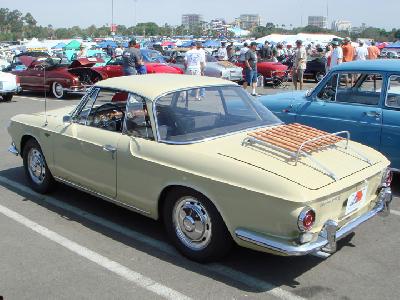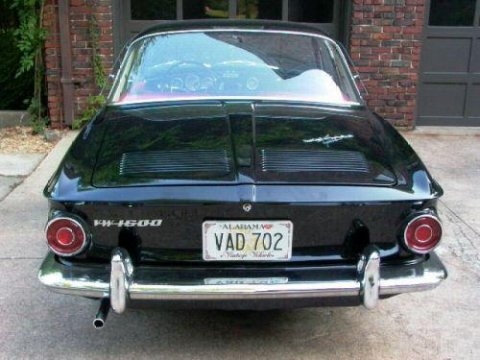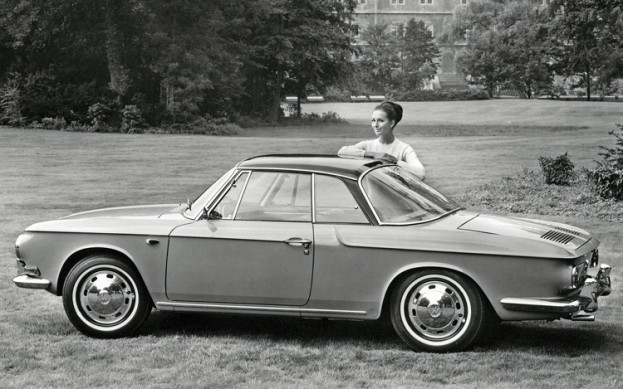Volkswagen / Volkswagen Karmann Ghia type 34

Specs
| Volkswagen GTD 3 Door | 6-speed manual | 81HP (59 kW) @ 2600 rpm | |
|---|---|---|---|
| Volkswagen GTD 5 Door | 6-speed manual | 81HP (59 kW) @ 2600 rpm | |
| Volkswagen Magotan 1.8 TSI | 6 speed manual | 160HP (118 kW) @ 5000 rpm | |
| Volkswagen Magotan 1.8 TSI Tiptronic | 6 speed automatic | 160HP (118 kW) @ 5000 rpm | |
| Volkswagen Magotan 2.0 TSI | 6 speed automatic | 200HP (147 kW) @ 5000 rpm |
Worldwide Trends
GEO Interests
Videos / Volkswagen Karmann Ghia type 34
VW TYPE 34 Karmann Ghia
(aircooled) vw Karmann Ghia type 34 @ nuenen 2011
Type 34 Karmann Ghia
VW Type 34 Karmann Ghia
The vintage classic of Volkswagen Karmann Ghia type 34
Overview
The Volkswagen Karmann Ghia type 34 is a convertible sports car that is marketed in an unique 2+2 coupe. The car was manufactured by a German builder. The chassis and so called mechanicals of this vehicle are of type 1. The Italian styling makes it worth admiring. The internal designations of the car were that of Type 14. A variant species came to the limelight much later that belonged to type 34. The angular body work provided the details of the 3rd Type platform. Its growing demand caused the manufacturers to double the production rate. It soon became one of the most imported cars of US. It was designed by an industrial expert. Germany, Brazil and South America are some of the other places where the cars began to be produced as well. The coupe class had a 2 door convertible body style with an RR layout.
History
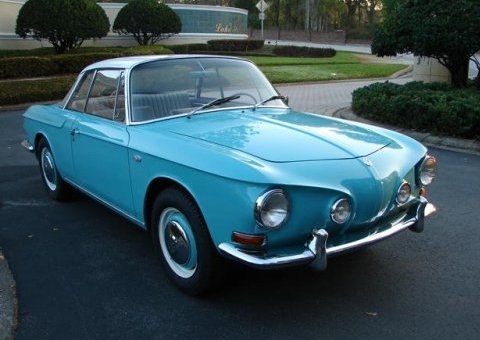 The economy vehicle of type 1 was produced as early as 1950. The addition of a halo car to the model range was also proposed by some of the experts. Several styling themes were explored before applying them on the car. Contrary to the welded body and the on bolt fendering of the previous models, the Karmann had butt welded body panels that were shaped and smoothened manually. This turned out to be a time taking process for the manufacturers. The prototype design of the model was complimented well by the executives of the company. The type 14 turned out to be both practical and stylish for sporting activities. The engines had a displacement of about 1584cc and generated up to 60 hp. The convertible models have changed the exteriors with a wider front grill. The tail lights and the headlights became much longer and were now relocated to higher positions. The integrated lights were also larger and much more prominent than the turnaround signals.
The economy vehicle of type 1 was produced as early as 1950. The addition of a halo car to the model range was also proposed by some of the experts. Several styling themes were explored before applying them on the car. Contrary to the welded body and the on bolt fendering of the previous models, the Karmann had butt welded body panels that were shaped and smoothened manually. This turned out to be a time taking process for the manufacturers. The prototype design of the model was complimented well by the executives of the company. The type 14 turned out to be both practical and stylish for sporting activities. The engines had a displacement of about 1584cc and generated up to 60 hp. The convertible models have changed the exteriors with a wider front grill. The tail lights and the headlights became much longer and were now relocated to higher positions. The integrated lights were also larger and much more prominent than the turnaround signals.
Design studies
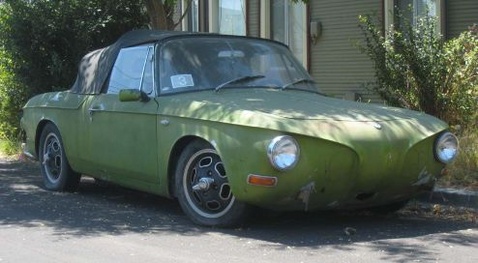 The Karmann Ghia is inspired from a concept car that featured at the Frankfurt Motor Show. The 4 stroke air cooled engine has a single carburettor and attains a maximum speed of 120 Km/hr. The double carburettor engine had a long stroke crankshaft. This triggered to the development of the potential prototype.
The Karmann Ghia is inspired from a concept car that featured at the Frankfurt Motor Show. The 4 stroke air cooled engine has a single carburettor and attains a maximum speed of 120 Km/hr. The double carburettor engine had a long stroke crankshaft. This triggered to the development of the potential prototype.
The category 34
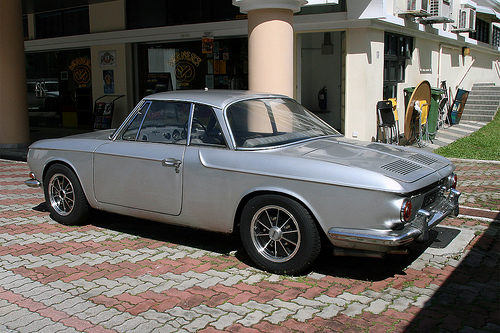 The Volkswagen Karmann Ghia type 34was based on the 3rd type platform and featured a 1500cc design engine. The category 34 was also known as the big Karmann in Germany. The steel sunroof had a sliding action and was operated electrically. The spacious room for luggage, inbuilt fog lights, the dash pads and the long padded armrests were the unique features of this model. It was a very expensive passenger car in its time. The prototype convertibles had a much longer lifespan than the normal ones. Even though the type 14 and the category 34 appear to be vastly different from one another, they have features that are common to both. The body of the category 34 is installed on the body of the 3rd type chassis that includes the drive train also. It is distinguished by the standardised engine with a front boot and rear boot.
The Volkswagen Karmann Ghia type 34was based on the 3rd type platform and featured a 1500cc design engine. The category 34 was also known as the big Karmann in Germany. The steel sunroof had a sliding action and was operated electrically. The spacious room for luggage, inbuilt fog lights, the dash pads and the long padded armrests were the unique features of this model. It was a very expensive passenger car in its time. The prototype convertibles had a much longer lifespan than the normal ones. Even though the type 14 and the category 34 appear to be vastly different from one another, they have features that are common to both. The body of the category 34 is installed on the body of the 3rd type chassis that includes the drive train also. It is distinguished by the standardised engine with a front boot and rear boot.














